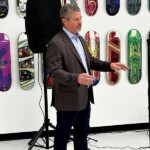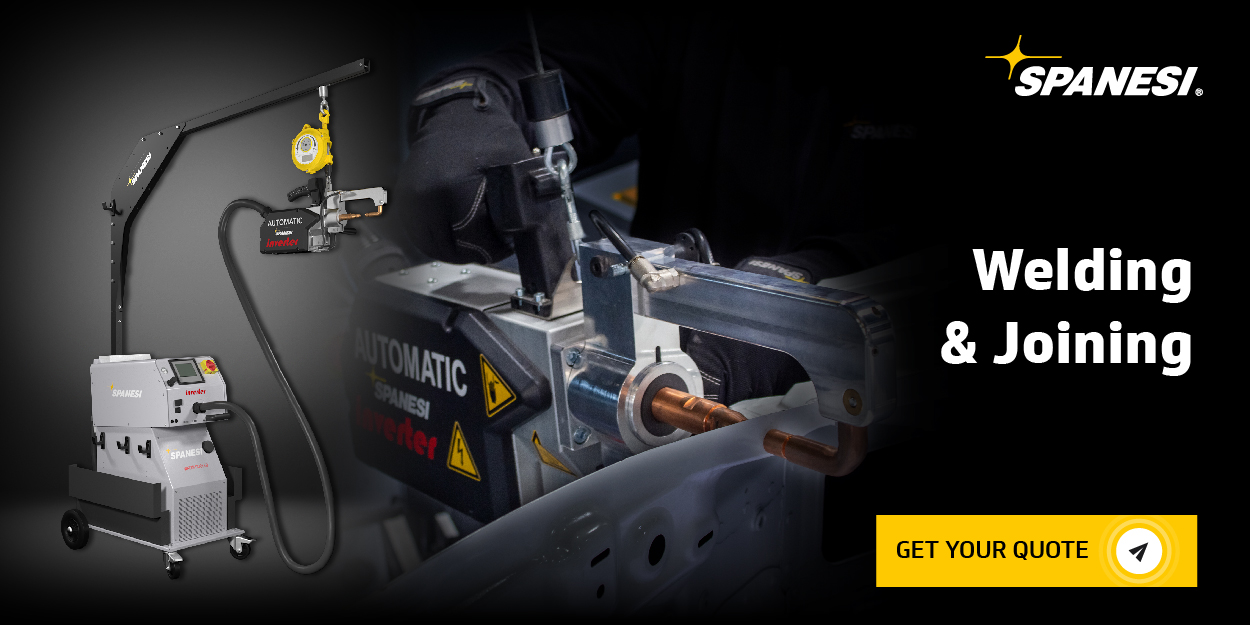AASP/NJ Collision Repairers Learn Benefits of Repair Planning for Profit
by Alana Quartuccio
Through an ongoing series of seminars, AASP/NJ has been carrying out its commitment to providing its members with the best resources and education possible to help collision repairers get the most they can out of their businesses in this restrained industry.
 On September 27, AASP/NJ hosted “What’s Next? Repair Planning and Repair Logic for Profit,” held at Indasa USA in Fairfield. The meeting featured presentations by Taylor Moss of OEConnection (OEC) along with AASP/NJ President Jerry McNee (Ultimate Collision Repair; Edison) and Board member Ken Miller (821 Collision; North Haledon). The discussion picked up where the June meeting, which covered laws and regulations, left off as it set out to answer the questions many members expressed following that event.
On September 27, AASP/NJ hosted “What’s Next? Repair Planning and Repair Logic for Profit,” held at Indasa USA in Fairfield. The meeting featured presentations by Taylor Moss of OEConnection (OEC) along with AASP/NJ President Jerry McNee (Ultimate Collision Repair; Edison) and Board member Ken Miller (821 Collision; North Haledon). The discussion picked up where the June meeting, which covered laws and regulations, left off as it set out to answer the questions many members expressed following that event.
“After our June event, we had many attendees ask us ‘What’s next?’” Miller told the audience. “We collectively agreed that repair planning was the most important step in creating a process and changing your business model.”
Getting fair reimbursement for repairs lies in building a solid repair plan that answers the plaguing question of why certain procedures need to be done. And the question can only really be answered by the documentation that supports the necessary repair procedures.
The RepairLogic Repair Planning Platform from OEC was built on the premise of getting repair procedures to shops as quickly and efficiently as possible, according to Moss who compared the way insurers treat body shops’ needs to the way a parent tells their child “I said so” as if those words constitute an actual explanation.
“We are the professionals, and we can’t back that up without documentation,” relayed Moss. “So, this document of repair tells the why behind it. We’re building the why – Why is this calibration needed? There are all these different things that we have to do for certain reasons; if we can’t articulate why, we can’t be very successful in helping our partners understand and approve those things.”
Showing a blueprint or repair plan educates the customer who otherwise would not understand what goes into a repair and why these steps need to be taken. Good communication helps build a good relationship. “They might not know anything about the quality of the repair, but if you are bad at communicating with them and don’t update them throughout the process, they’re just going to give you bad reviews.
“Documenting that repair helps answer all the questions,” he added. “You get questions from your customer, like a vehicle owner may ask, ‘Why is my car taking so long? These guys said they would have it done in a week. Why are you taking a month?’ Well, you can show them the stack of procedures and say, ‘Mr. Jones, these are the things we are doing on your car to put it back to as close as we can to the way it was when it came out of the factory. We’re doing all these things because we care about putting you and your family back in a vehicle that is safe.’”
Miller and McNee used repair examples to demonstrate how there is more to a repair than meets the eye upon first glance, and using tools that can help a blueprinter access OE procedures helps to identify all that is needed in the process.
As Miller illustrated, “You can look at a car and see it is a simple bumper repair on the surface, but thousands of dollars later, it’s a lot more than a simple bumper repair because we went through the process and identified what needed to be done. And the calibrations that need to be done is what drove the price up exponentially.”
Painting that picture of the repair shows the customer what the damage looks like, and through his own experience, Miller has found that informed customers are more likely to fight their insurer for the proper repairs. “The customer sees the damage, and they see you are charging for it,” Miller explained. “That’s why we’re in business; we’re in business to be profitable. But we’re also showing the client why it needs to be done. So, now they want it done because you showed them it has to be done. The manufacturer says it has to be done. So, are they going to be more willing to fight for what is owed to them when they know what needs to be done? That is what I have found.”
McNee stressed that insurers are the ones who write estimates, which is really a “guesstimate…I don’t write supplements at all. We continue writing that repair plan and modify it the way we need to, and we hand that back to the insurance companies.”
AASP/NJ extends its appreciation to sponsors Indasa USA and OEC for contributing to the event’s success.
Want more? Check out the November 2023 issue of New Jersey Automotive!

